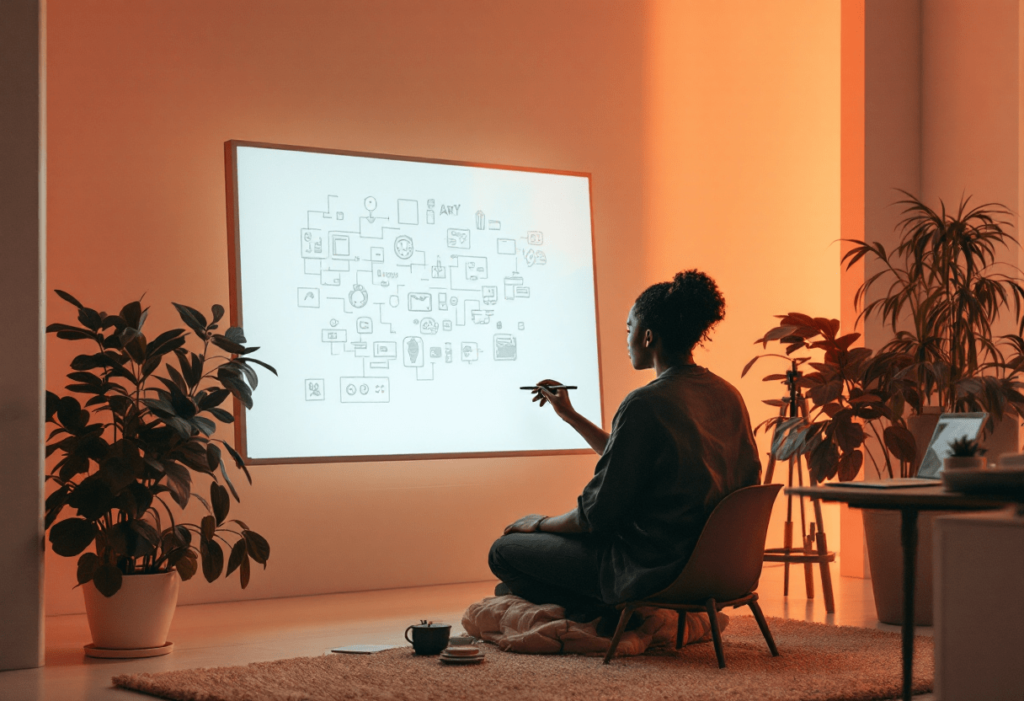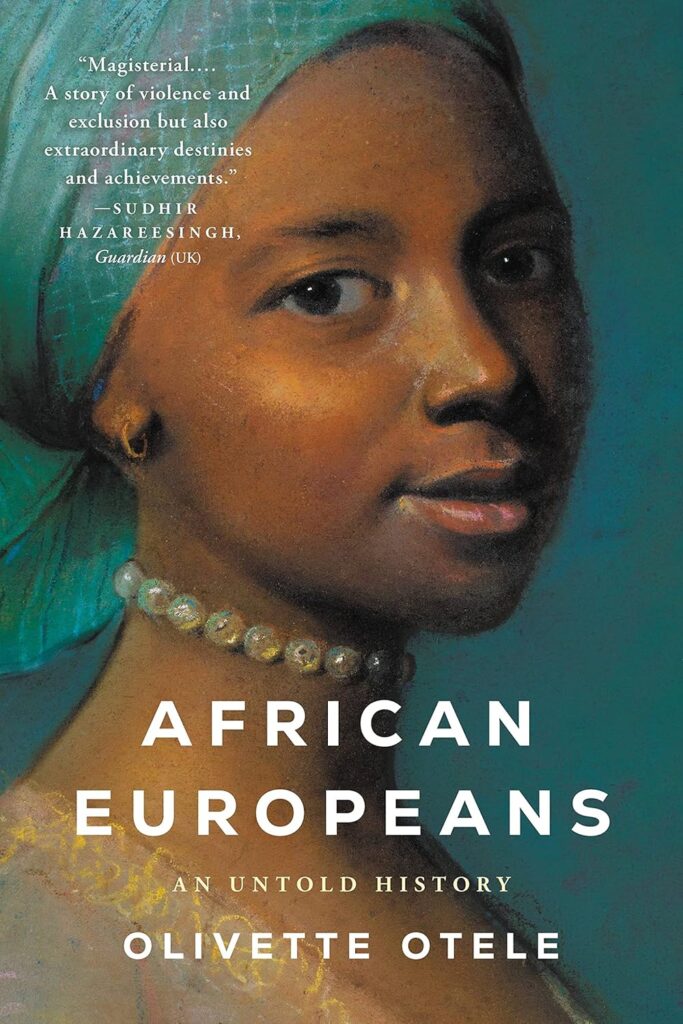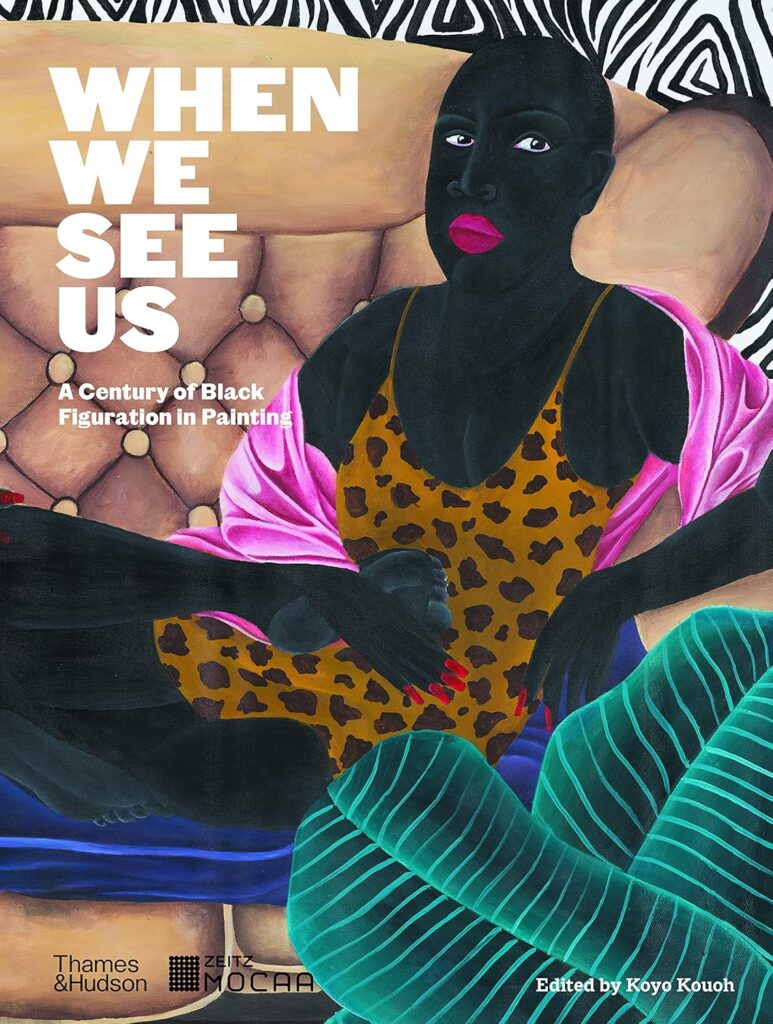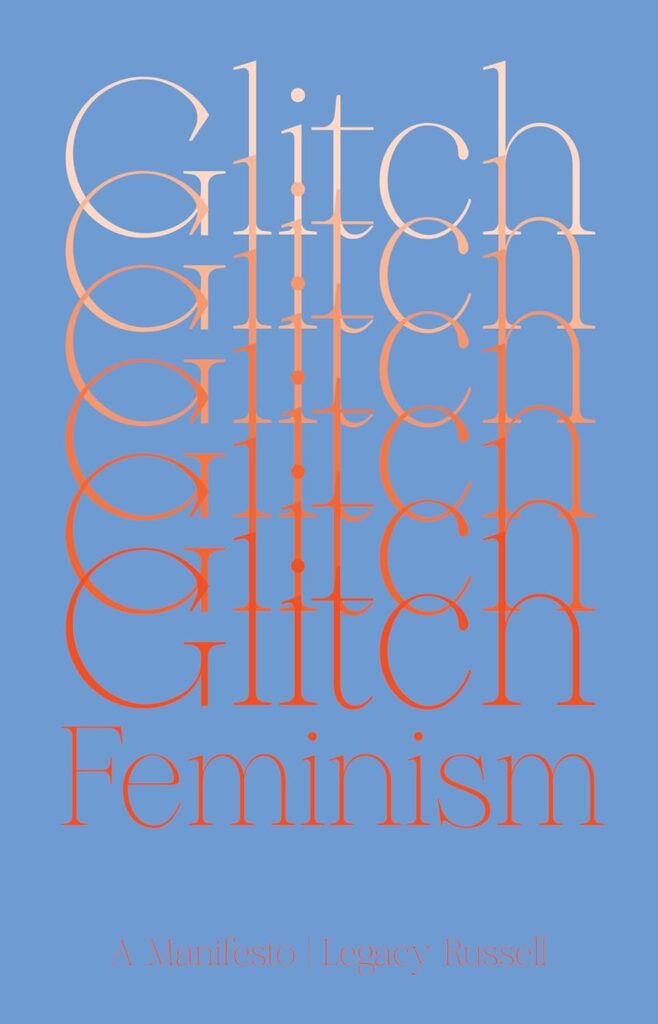TCP004 | ⏰ ~6min read | 🔗 read online
Welcome to The Contemporary Polymath Newsletter, where you broaden your horizons, feed your curiosity, and spark new ideas every Thursday

📧 In This Issue
🎨 Art as Resistance – The power of Black creativity in activism
🩰 Dance as Protest – How movement became a tool for change
🖼️ Painting Identity – William Henry Johnson’s artistic revolution
🪨 Sculpting History – Edmonia Lewis & breaking artistic barriers
🌍 Lost Slave Ships – Uncovering history beneath the waves
👋🏾 Hey there, friend!
Art Has Always Been a Part of Me. If there’s one thing that’s been with me since childhood, it’s art. I spent every car ride, every waiting room, every spare moment drawing and painting, completely immersed in the process. Art wasn’t just something I did—it was how I understood the world.
I studied at Harlem School of the Arts and other creative programs throughout my childhood, taking ballet, tap, African dance, contemporary hip-hop, and fine arts. Cool fun fact, I went to the same high school as Adrienne Bailon the same after school center as Teyana Taylor. I built a painting portfolio meant for gallery display and threw myself into every artistic medium I could find. Over the years, that passion evolved into light painting art, digital design, and even creating music with code—proving that creativity isn’t just about one form of expression, but how we use it to shape the world around us.
One of the things I’m most grateful for is that I had teachers who looked like me, showing me what was possible. But I also had incredible teachers from so many different cultures and backgrounds, which is the beauty of growing up in New York City—a place where representation is strong across every front. You don’t just learn about your own culture; you learn about the cultures of others, and that cross-cultural exchange fuels creativity, collaboration, and deeper understanding in the arts.
Art is more than beauty; it’s history, resistance, and storytelling. This week, we’re diving into the pioneers who used creativity to challenge the world, pushing boundaries through movement, paint, sculpture, and performance.
P.S.
If you’ve been following along, you might have noticed I missed the last two newsletters. Life happens, but I’m still committed to exploring the themes I had planned! Here’s the updated schedule:
📌This week: Art & creative pioneers
🔜 Next week: Science & innovation
🔜 Following week: Technology & math
Thanks for sticking with me—I hope you enjoy this week’s issue!
🌍This Week’s Explorations
Articles We Wrote
Art
🎨 Pearl Primus transformed dance into a force for activism, using movement to challenge racial injustice and elevate African traditions on the global stage. Her performance Strange Fruit confronted audiences with the horrors of lynching, proving that dance can be as powerful as words.
🌍 William Henry Johnson underwent a remarkable artistic metamorphosis after returning to America from Europe, abandoning his modernist training for a “consciously naive” style that captured African American life. His decision to paint his own people created an authentic visual language that continues to resonate decades later.
🎨 Edmonia Lewis carved her own path—literally—refusing to let racism and sexism define her future. As the first internationally recognized Black and Native American sculptor, her work, including The Death of Cleopatra, defied artistic norms and reclaimed history.
🇸🇱 Long before African dance was widely respected in the U.S., Asadata Dafora was bringing authentic movement and storytelling to American stages. His groundbreaking dance opera Kykunkor introduced audiences to the beauty and complexity of African traditions.
Science
🧠 Have you ever felt moved by a painting or song? That’s Neuroaesthetics in action. Scientists are uncovering how art changes our brains—enhancing memory, improving mood, and even aiding in recovery from trauma.
🦅 Christian Cooper went from Marvel Comics editor to Emmy-winning birdwatcher. After a viral Central Park encounter, he turned the moment into a movement—landing a show on National Geographic, publishing a memoir, and making birdwatching more inclusive for everyone.
Math
📐The Pythagorean Theorem is more than just a classroom formula—it’s essential in architecture, engineering, and even video game design. Yet, it’s also widely misunderstood, often misapplied to non-right triangles. Understanding its true purpose can prevent costly errors and open doors to advanced problem-solving in math and science.
🔍 Intriguing Finds
A curated selection of news and discoveries
- 🎨French street artist Shuck One pays tribute to Black history at Pompidou Center, spotlighting the legacy of Black artists in Paris
- 🔍 For centuries, sunken slave ships were lost to history—until now, as archaeologists in the Slave Wrecks Project are uncovering these wrecks, reconnecting Black communities with their past.
📖 Books We Are Reading
Book recs for this week



African Europeans: An Untold History by Olivette Otele
A groundbreaking look at the centuries-long history of Africans in Europe, from Roman times to today, challenging the idea that Black presence in Europe is recent.
When We See Us: A Century of Black Figuration in Painting by Koyo Kouoh
A stunning visual archive of Black life through painting, featuring 200+ works that connect themes of Pan-Africanism, civil rights, and contemporary movements.
BLKART: The Audacious Legacy of Black Artists and Models in Western Art by Zariya Ware
An illuminating exploration of Black artists and models who shaped Western art but were often erased, reclaiming their rightful place in history.
The Art of Ruth E. Carter by Ruth E. Carter
A behind-the-scenes look at Carter’s iconic costume designs, blending history and Afrofuturism in films like Black Panther and Do the Right Thing.
Glitch Feminism: A Manifesto by Legacy Russell
Russell redefines the “glitch” as a tool for liberation, challenging gender, identity, and technology norms through art, theory, and memoir.
An Anthology of Blackness: The State of Black Design by Terresa Moses & Omari Souza
A bold collection examining the challenges Black designers face and how to build a pro-Black, anti-racist design industry through essays, case studies, and visual storytelling.
👥 Readers Corner
Share what you’re reading, your favorite “Polymath Notebook” find, and I’ll feature the most intriguing responses in next week’s issue!
💭 How Inquisitive
🔙 Answer to last week’s question
🧠 Can you inherit the fears and experiences of your ancestors—without ever living them yourself?
Studies suggest that trauma can leave marks on our genes without altering DNA itself, a process called transgenerational epigenetic inheritance. Experiments show that mice inherit fear responses to certain stimuli, hinting that humans may unconsciously carry ancestral experiences.
⏭️ Question for next week
🔋 Can a vegetable generate electricity?
Loved this issue or have ideas for future topics? Reply to this email—I’d love to hear from you!
🇭🇹 Orevwa! Pase yon bèl jounen, swa oswa nuit kote w ye a. Sonje fè byen!
🇺🇸 Take care. Have a wonderful day, evening, or night wherever you are. Be kind!
Best,
Naya

💜Thank you to my recent supporters
Anne, Benjamin, Victoria, and J.
🍵 If you enjoy any of my work, I always enjoy a nice cup of matcha or kind and uplifting words
⏩ Was this forwarded to you, subscribe here
